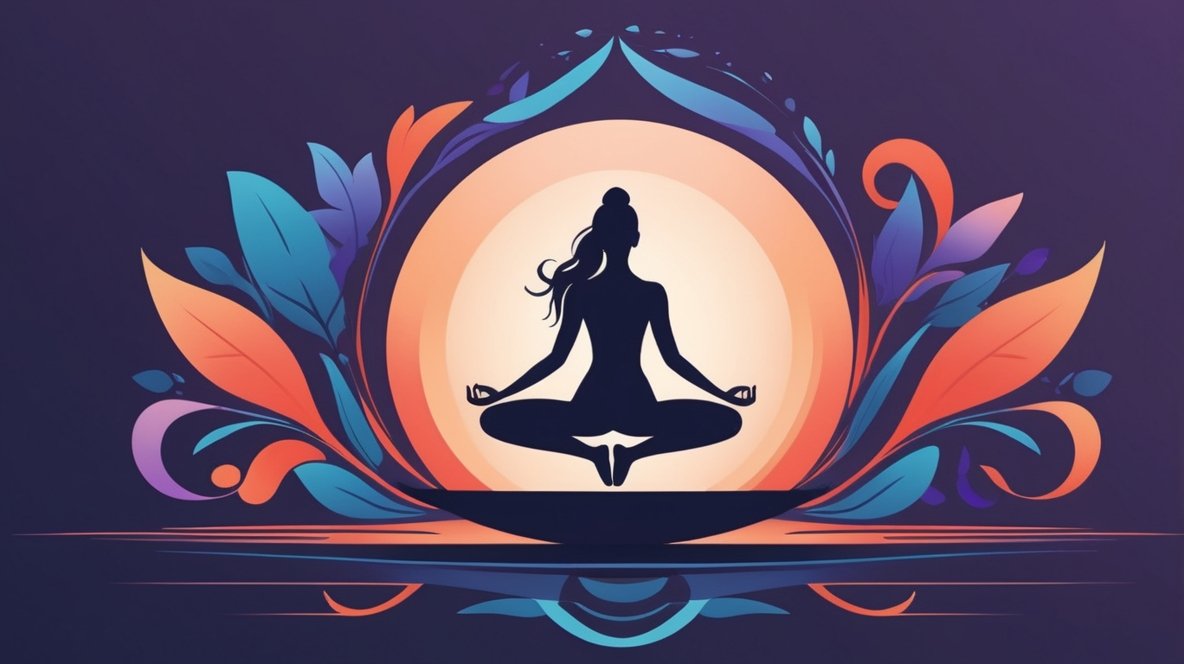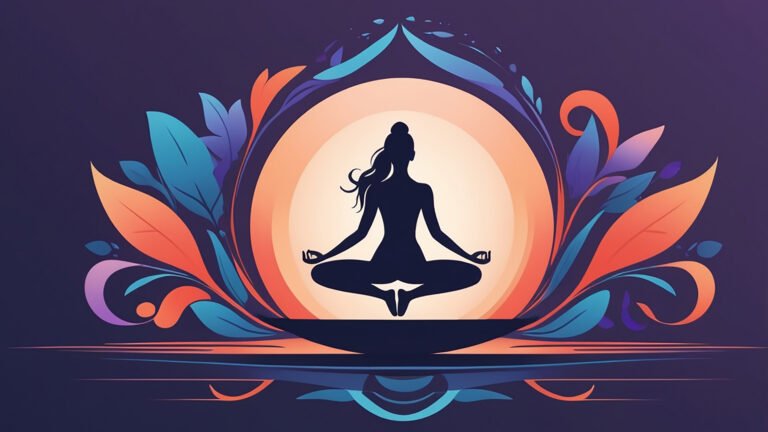— Introduction —
Paschimottanasana (पश्चिमोत्तानासन), meaning “intense stretch of the west side,” refers to the stretch along the back side (west) of the body—from the head to the heels. It is a deeply calming and inward-focused pose, ideal for improving flexibility and balancing the nervous system. Commonly practiced in Hatha Yoga, it promotes physical elongation and emotional release, especially when held with the breath.
— Step-by-step Instructions —
- Sit on the floor with legs extended straight in front of you and spine erect.
- Flex the feet so that the toes point upward and thighs remain grounded.
- Inhale deeply and raise both arms overhead, stretching the spine upward.
- As you exhale, bend forward from the hips (not the waist), keeping the back long.
- Reach the hands toward the feet, ankles, or shins, depending on flexibility.
- Try to grasp the toes or soles with your fingers. Keep elbows slightly bent touching the floor.
- Let the head rest between the knees, and the chest rest gently over the thighs.
- Breathe slowly and deeply, holding the posture for 20–60 seconds, or longer with practice.
- To release, inhale and slowly rise up, lifting arms and spine together.
— Physical Benefits —
- Stretches the entire back body, especially spine, hamstrings, and calves
- Stimulates the abdominal organs, improving digestion and appetite
- Reduces belly fat and menstrual discomfort
- Relieves lower back pain and stiffness
- Calms the nervous system
— Mental & Emotional Benefits —
- Promotes a deep state of relaxation and inward focus
- Reduces stress, anxiety, and mental restlessness
- Encourages emotional release and surrender
- Supports a meditative state during longer holds
— Precautions to keep in Mind —
- Avoid the pose in case of slipped disc, sciatica, or severe lower back injury
- Those with asthma, hernia, or abdominal surgery should consult a doctor or teacher
- Pregnant women should avoid deep forward bends
- Never strain or bounce while reaching forward—ease into the pose gradually
— Beginner’s Tips —
- Sit on a folded blanket if hips are tight or spine rounds while bending
- Use a yoga strap around the feet to bridge the gap if you can’t reach the toes
- Focus on lengthening the spine rather than touching the toes
- Even a gentle forward bend offers benefits when practiced with the breath
— Best Time to Practice —
- Best practiced in the morning on an empty stomach
- Can also be practiced in the evening after a light gap between meals
- Ideal after backbends to neutralize the spine, or at the end of practice to cool down
— Advanced Variations —
- Janu Sirsasana (Head-to-Knee Pose) can be used as a one-legged prep
— Wrapping Up —
Paschimottanasana is more than a hamstring stretch—it is a symbol of surrender, humility, and inner stillness. When practiced mindfully, it calms the brain, tones the body, and prepares the practitioner for deeper meditative states. With regular effort, this asana becomes a gateway to inner balance, patience, and flexibility in both body and mind.


